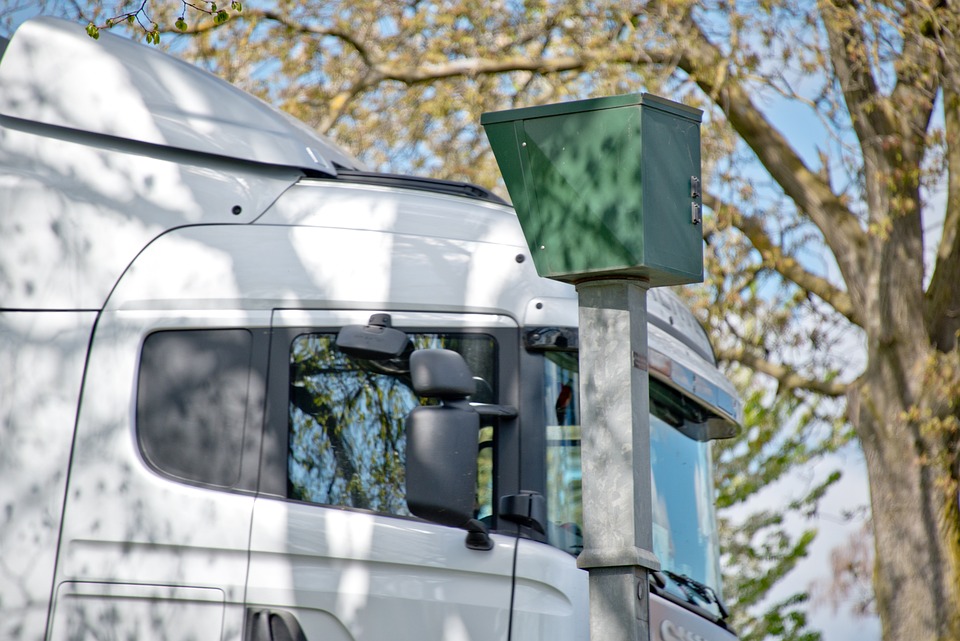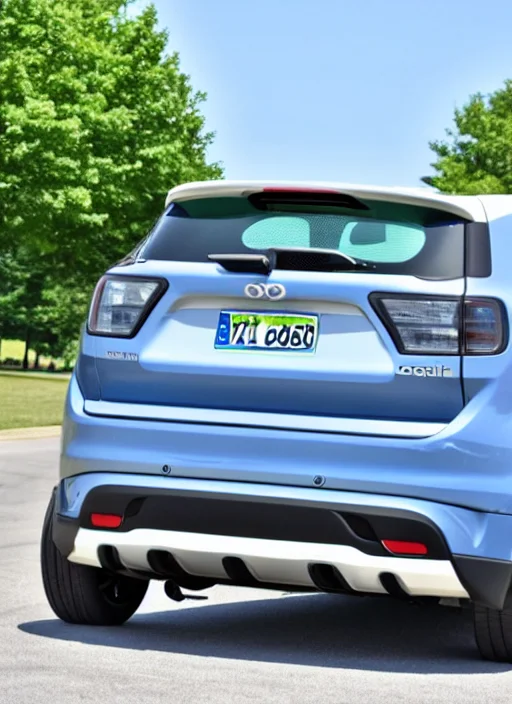Many companies and organizations struggle with a security issue involving cars. Many people may have never appreciated the importance of license plates. For law enforcement institutions such as police and other security forces, court members, lawyers, building and office gatekeepers, and private security, it’s a fundamental element. They all accomplish tasks that sometimes involve decrypting license plates.
It also presents difficulties for those who work for automobile dealerships. Since this is a huge sector, one requires expertise in a wide range of variables. Imagine setting a price when trying to buy or sell one of them, most of all when they claim there is a vehicle for every individual alone in the United States.
License plates are useful for legal purposes, of course, because they are a method of registering a vehicle. You’ll find it installed on the front, the back, or at the rear of the vehicle to identify it. But there’s a problem that you might not be aware of: each state in America has its own distinct color scheme, seal, and format for registration numbers.
Another option
That’s why, some years ago, a few governments decided to standardize a registration code besides the license plate. The United Kingdom, Australia, the United States, South Africa, and others added a string of letters and numbers to aid these much-needed security tasks. Since then, that code has helped find out if the vehicle has been recovered, if it was stolen, where it was made, what kind of engine it has, and other details. It works along with the license plate as a DNA sequence and a passport for a human.
You may know the passport number for every person, but that won’t give you much information. If only you had a little “string” of his hair… The same goes for automobiles! You may know the number of the license plate, but with a side-code, you would get much more intel.
The United States of America calls it the “Vehicle Identification Number”, and it consists of 17 characters to provide the vehicle history report, as well as documentation of previous owners, accidents, and repairs if you want to buy a used car. Security forces and law enforcement agencies would use it to discover stolen vehicles, recalls, registrations, warranty claims, thefts, and insurance coverage.
How to find the VIN from license plates
Although you should be able to easily find it, that can get hard, or it may be hidden on purpose. The first chance is to look for it near the base of the windshield. The second place where it may be printed is the driver’s side door jamb, right below the door latch. The VIN is typically found on an identifying plate on the hood of antique cars. After searching without luck through the engine, transmission, body, and other components, you would give up.
What if you don’t even get a chance to inspect the vehicle closely? Regardless, there is a solution. It is still possible to decode a license plate.
Simpler than you thought
After you take note of the license plate, go to the Zyla Labs Hub. You can register, access an API (Application Programming Interface) called Get VIN from License Plate -it’s available only for the United States-, and send a request in just a few minutes. It is a car database API that will deliver the VIN and retrieve additional information like model, manufacturer, and more.
You can also integrate them with other systems to increase the amount of information you receive. Of course, these tools are common-use of developers, but if you want to learn to code is simple and completely dependable even if you’ve never done so before.




